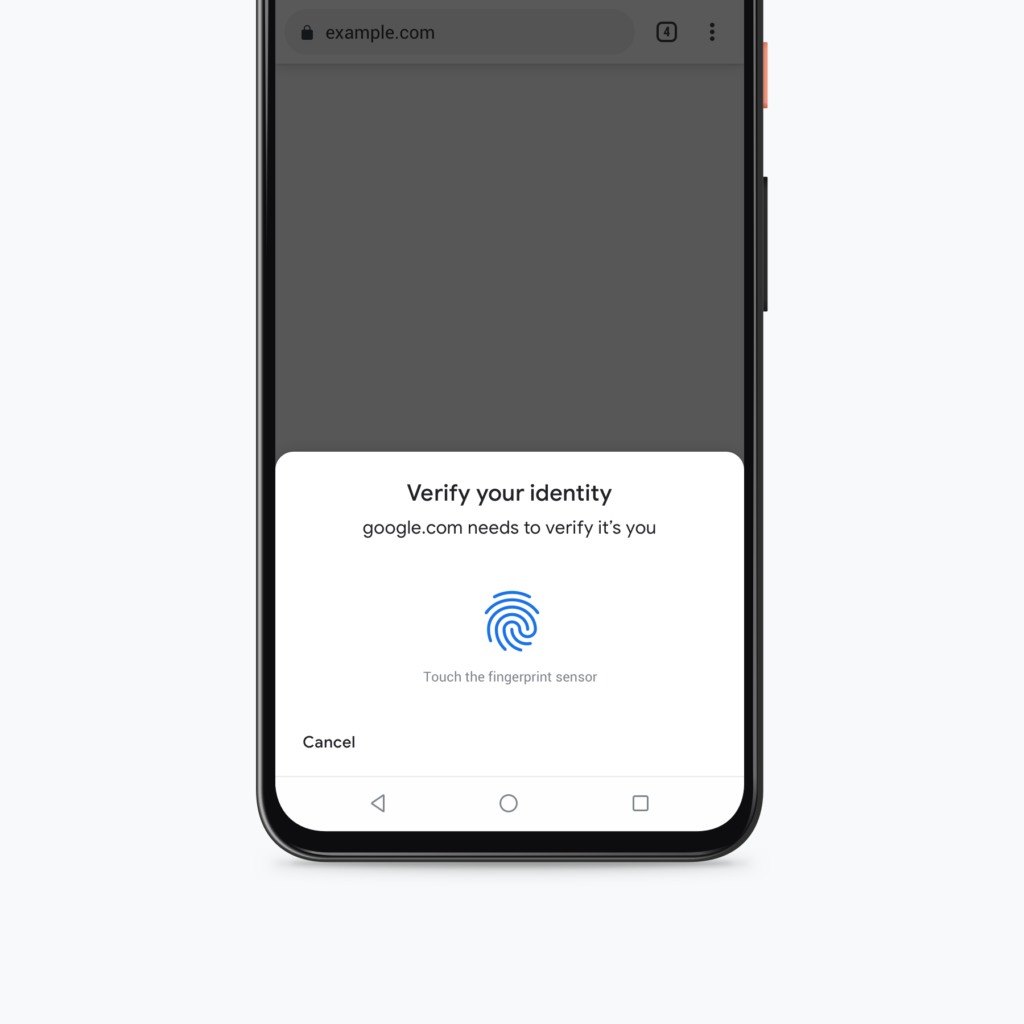
Chrome for Android to Introduce a More Secure Form Autofilling System
- Chrome for Android will now offer your credit card’s CVC on payment forms as soon as you pass biometric authentication.
- The mobile browser will also get a fully-featured password manager that will work as the desktop version.
- Google says they are planning to implement more intuitive features of this kind on Chrome for Android this year.
Convenience and security are two elements that don’t play well together, but software engineers are often forced to combine them. In the case of filling out online forms from your smartphone, users need to do it without much fuss, but they also need to do it in a secure context since it is sensitive details that they’re filling in these forms.
Google has announced some new features towards making this process easier and less risky on the mobile version of Chrome, especially for the users who opt to save their credit card details on their Google Accounts.
First, the CVC code required by websites to confirm that you’re the owner of a card will now be locked behind a biometric authentication step. So, when you need to purchase something online, the credit card number will be filled out automatically, but you’ll have to touch the phone’s fingerprint sensor to get the CVC filled out as well.
Google is deploying the W3C standard WebAuthn to enroll the biometric authentication and keep it securely stored in the device.
Source: Google
Secondly, Chrome’s integrated password manager for Android will now save user passwords and keep them connected to the Google Account. Every time users sign in, their passwords will be automatically filled out on the websites they visit. This takes a big portion of mobile phishing out of the picture, as password managers cannot be fooled to fill out passwords on spoofed websites.
No scrolling, searching, or manual filling will be required when the user is met with a sign-in request. The browser will display a confirmation on the bottom of the screen, allowing the user to proceed with a single tap.
Source: Google
According to Google, these features will land on Chrome for Android in the following couple of weeks via an update. As they point out, these are only the beginning of a new effort to implement intuitive features that help people make safe payments while on the go, or just laying on the couch.
Mobile devices have become a central component of our daily online activity, and the web browsers that run on them should be up to the task. Truth be told, mobile browsers have been running behind developments trying to catch up to the users’ needs for quite some time now, but it’s better late than never.









